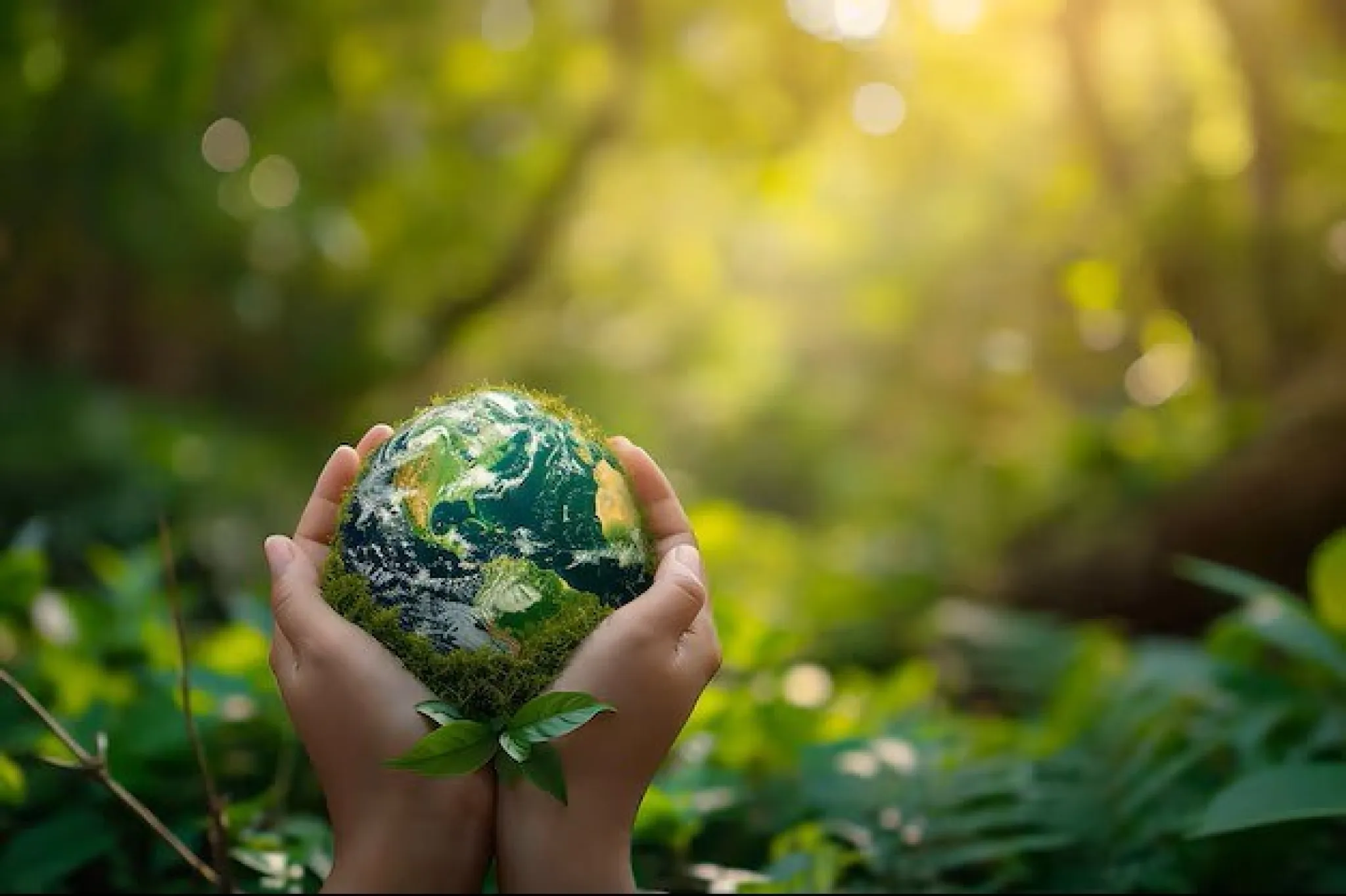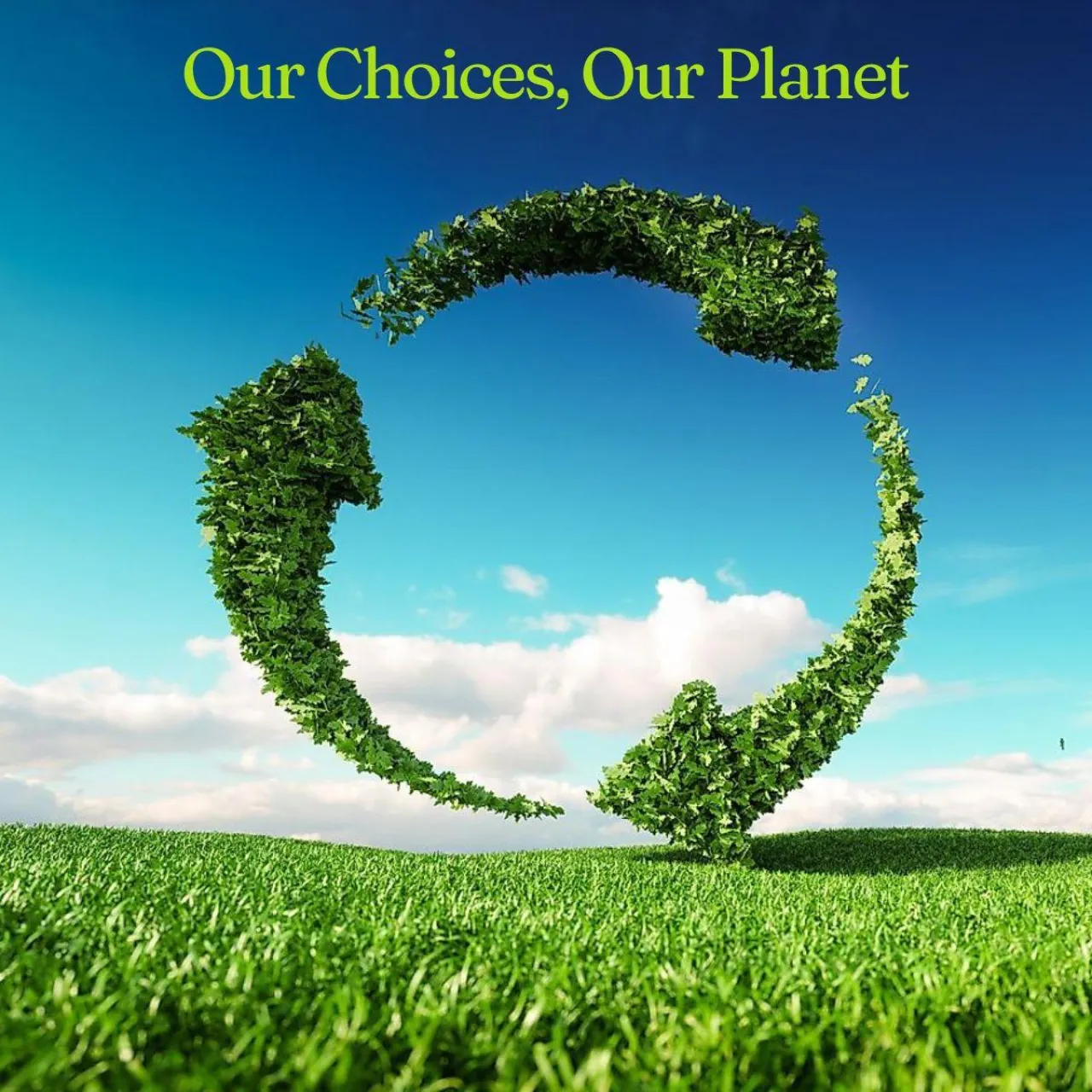Blog
Recyclable Labels: Designing for Sustainability
As pressure mounts for businesses to reduce their environmental footprint, the sustainability spotlight has turned sharply onto packaging. While major strides have been made in using recyclable bottles, compostable cartons, and biodegradable wraps, one small detail continues to trip up even the most well-intentioned brand: the label.
At Label Apeel, we’re often asked the same questions: “Can this label be recycled?”, “Is this material eco-friendly?”, or “Will this adhesive cause problems at recycling facilities?” The answers are more complex than they may seem. Designing a truly recyclable product doesn’t end with the pack - it includes every layer, including the label.
Labels Can Be Sustainable in More Than One Way: Recycled vs. Recyclable
It’s easy to confuse these terms, but they describe very different things:
Recycled Labels
Recycled labels are made from materials that have been previously used and reprocessed - typically post-consumer waste (PCW) or post-industrial waste (PIW). For example:
- Paper labels made with 100% recycled pulp.
- rPET (recycled polyethylene terephthalate) label films from used plastic bottles.
Using recycled content reduces demand for virgin resources, conserves energy, and often comes with a lower carbon footprint. It’s a great choice for brands looking to show commitment to circularity and reduce environmental impact at the sourcing stage.
Recyclable Labels
Recyclable labels are designed so they can be processed by recycling facilities after use - either alongside or separate from the packaging they’re applied to.
However, whether a label is actually recycled depends on several factors:
- Is the adhesive compatible with recycling processes?
- Can the label be cleanly separated from the pack?
- Does the ink or finish interfere with sorting technology?
Key takeaway: A label can be made from recycled material but not be recyclable, or vice versa. Brands need to weigh both sourcing impact and end-of-life recyclability.

How Labels Can Impact Packaging Recyclability
While labels are often the final design detail, they can have a significant impact on the pack’s recyclability. When designing sustainable packaging, one of the most important - and often overlooked - considerations is the compatibility between the label and the packaging material.
Different packaging materials go through different recycling or composting processes. If the label isn’t compatible with the packaging type, it can reduce recyclability, contaminate recovery streams, or prevent proper composting altogether.
Compostable or Biodegradable Packs
These materials (like kraft cartons or plant-based films) are designed to break down naturally. If a plastic label is applied to them, it won’t decompose and can interfere with the composting process.
Solution: Use compostable paper labels with appropriate adhesives and minimal inks.
Glass and Metal Packaging
These are recycled by melting at high temperatures. During this process, labels typically burn off or are removed, so the label material has minimal impact.
Solution: More flexibility is allowed here.
Plastic Packaging (PET, PP, PE)
Plastic packaging is sorted using optical scanners. If a label is made from incompatible material - or covers too much of the surface - it may interfere with identification and sorting, causing recyclable items to be rejected.
Solution: Use compatible materials (e.g. PET label on PET bottle), opt for wash-off adhesives, and keep labels below 60% coverage.
Designing Labels for Recyclability: What Brands Need to Know
Creating a recyclable product isn’t just about choosing the right substrate - it’s about how all packaging components interact. Here are key considerations:
1. Material Compatibility
Match your label material to your packaging wherever possible:
- Use PP or PE film labels on matching plastic containers.
- For PET bottles, opt for PET-compatible label films.
- For glass jars or metal tins, paper labels with water-soluble adhesives are a solid choice.
2. Choose the Right Adhesive
Standard adhesives can interfere with recycling. Instead:
- Use wash-off adhesives that release during processing.
- Avoid ultra-high-tack adhesives unless necessary (e.g. for frozen products).
3. Mind Your Finishes
Some decorative elements can interfere with recycling:
- Avoid large areas of metallic foils, laminates, or high ink coverage.
- Choose eco-foils or use spot detailing instead of full coverage.
- Consider vegan inks for cleaner recycling.
4. Label Size and Surface Coverage
Minimise label size when possible, especially for transparent plastic containers. Over-labelling can prevent optical sorters from recognising the packaging material.
The Label Apeel Approach: Form Meets Function
At Label Apeel, we work with brands across food, drink, health, beauty, and more to create labels that balance creativity with sustainability. Whether your priority is recyclability, recycled content, or low-carbon materials, we’ll help you find the right solution.
Our offering includes:
- rPET and recycled face stocks
- Wash-off and water-soluble adhesives
- Low-impact foils and vegan inks
From compostable tea sachets to luxury skincare jars, we understand how different sectors face unique sustainability demands and we’ll tailor the label solution accordingly.
Final Thought: Labels Are Small but Mighty
It’s easy to overlook the label when designing sustainable packaging but doing so could mean the difference between a product that’s recycled and one that ends up in landfill.
Need help future-proofing your packaging?
We’re always happy to have a conversation about your sustainability goals, materials, or packaging challenges. Whether you're early in the design phase or reviewing your current specs, get in touch. We're here to help you make the right call for your product and the planet.
